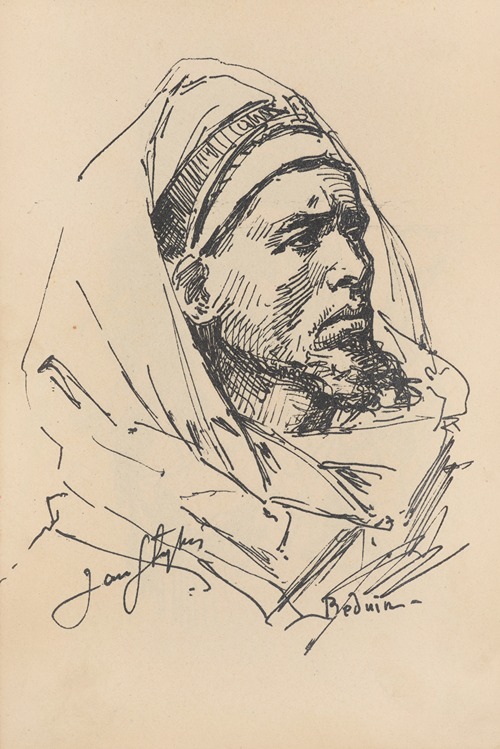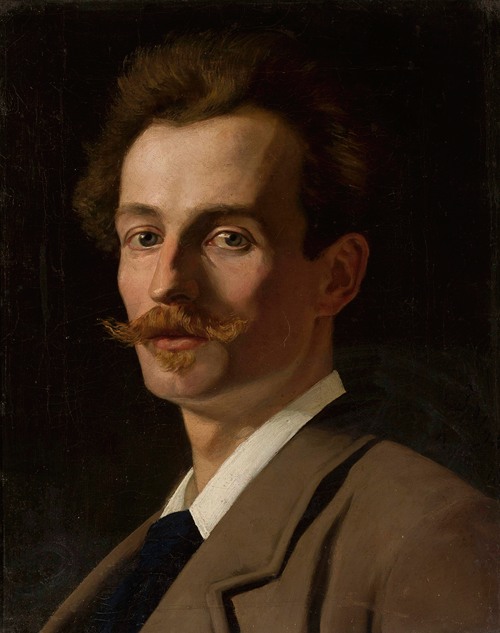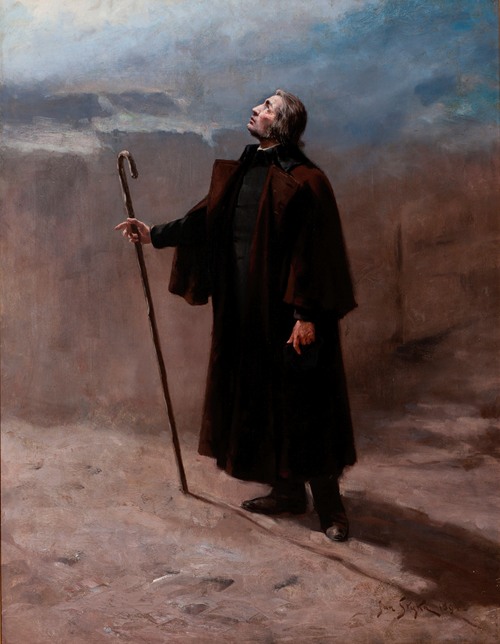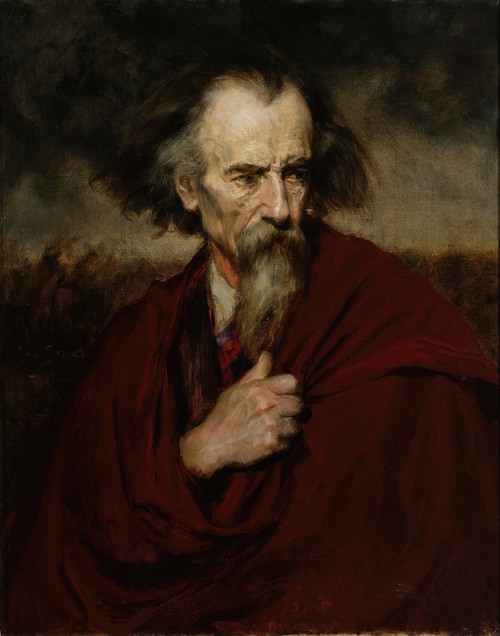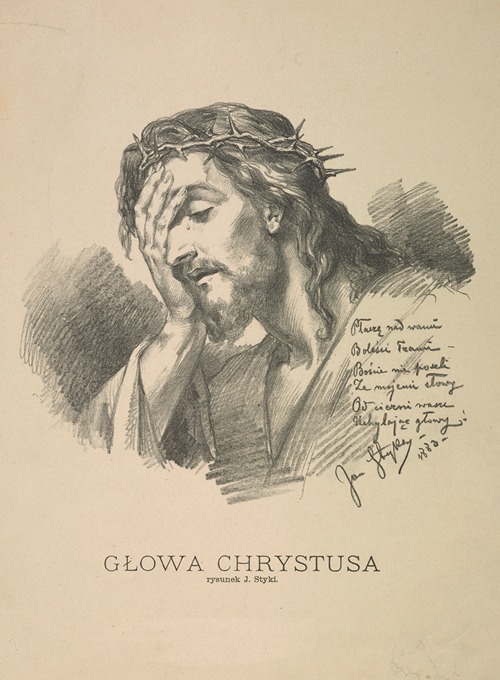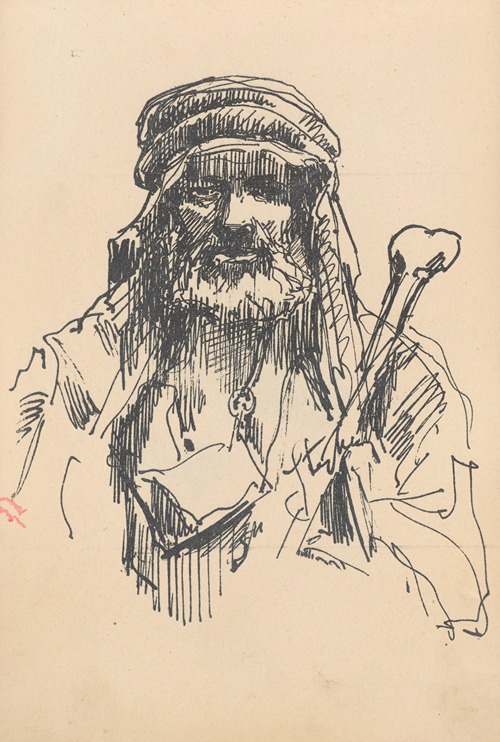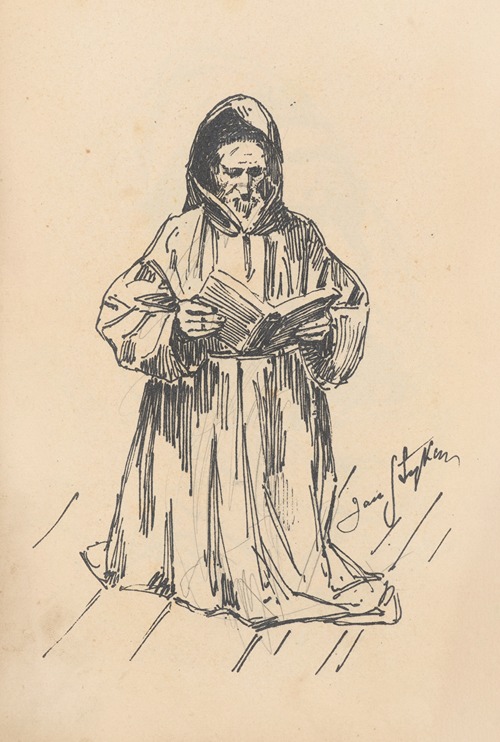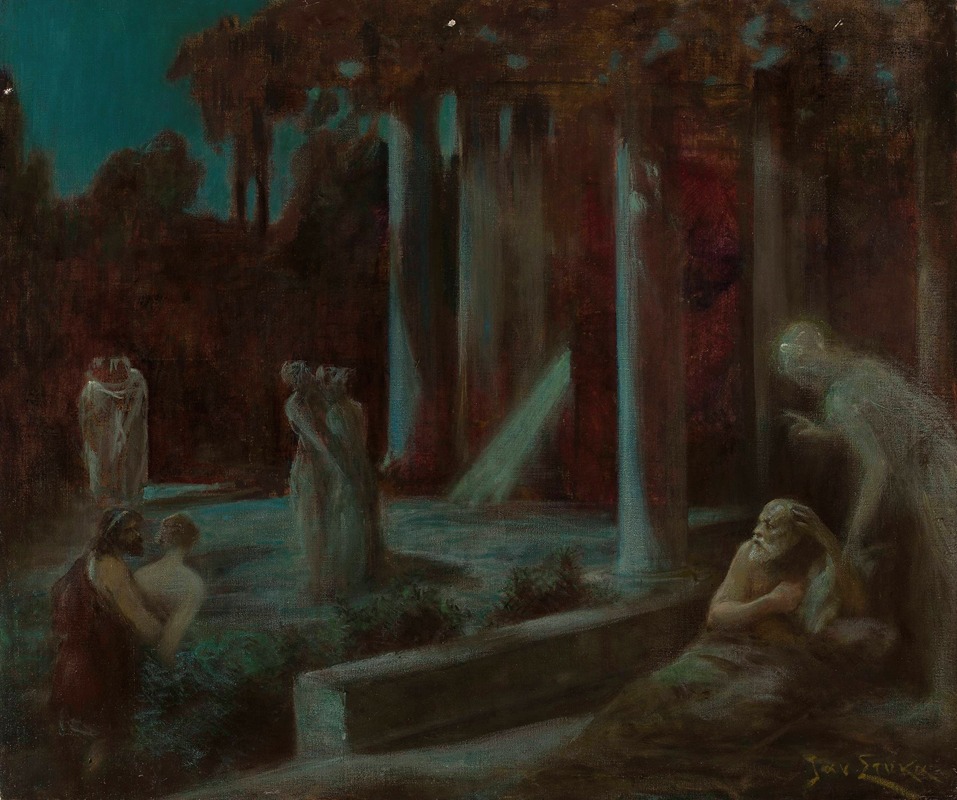
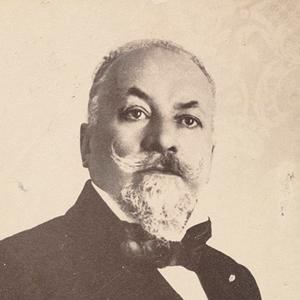
Jan Styka was a Polish painter noted for producing large historical, battle-piece, and Christian religious panoramas. He was also illustrator and poet. Known also as a great patriotic speaker - his speeches were printed in 1915 under the French title L'ame de la Pologne (The Soul of Poland).
The son of a Czech officer in Austria-Hungary, Styka attended school in his native Lemberg (Polish: Lwów, now Lviv) then studied at the Academy of Fine Arts in Vienna, Austria following which he took up residence in Kraków in 1882 where he studied historical painting under Jan Matejko. Next he came back to Lwów and opened there a workshop. Here, together with a celebrated Polish historical painter Wojciech Kossak, they created his most famous work in Poland – The Racławice Panorama. Later he travelled to Italy for a short time before moving to France where the great art movements at Montmartre and Montparnasse were taking shape and where he would spend a large part of his life.
Among Styka's important works is the large scene of Saint Peter preaching the Gospel in the Catacombs (seen here) painted in Paris in 1902. His renowned panoramas include Bem in Siedmiogrod (1897), The Martydrom of Christians in Nero's Circus (1897), and the Wrocław Branch of the National Museum of Poland houses the monumental collaboration The Battle of Racławice painted in 1894.
Styka died in 1925 and was buried in Rome. However, in 1959 Hubert Eaton arranged with Styka's family for his remains to be brought to the United States for interment in the "Hall of The Immortals" at Forest Lawn cemetery.
Sons Tadeusz "Tade" Styka (1889–1954) and Adam Styka (1890–1959) were both painters.

